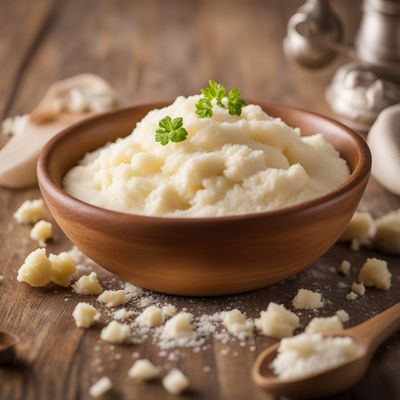
Ingredient
Potato flour
The Versatile Starch
Potato flour is a fine, white powder made from dried potatoes. It has a mild, earthy flavor and a smooth, silky texture. This gluten-free flour is commonly used as a thickening agent in soups, sauces, and gravies. It can also be used in baking to add moisture and tenderness to bread, cakes, and cookies.
Origins and history
Potato flour has been used for centuries in European cuisines, particularly in countries like Germany and Sweden. It was traditionally made by drying and grinding potatoes into a fine powder. Today, potato flour is produced commercially and is widely available in grocery stores and supermarkets. It is a popular ingredient in gluten-free and grain-free recipes.
Nutritional information
Potato flour is low in fat and cholesterol and is a good source of dietary fiber. It is also rich in vitamins and minerals, including vitamin C, potassium, and iron. Additionally, potato flour is naturally gluten-free, making it a suitable option for individuals with gluten sensitivities or celiac disease.
Allergens
Potato flour is derived from potatoes, which are a member of the nightshade family. Individuals with nightshade allergies or sensitivities may experience adverse reactions when consuming potato flour.
How to select
When selecting potato flour, look for a brand that is made from high-quality potatoes and does not contain any additives or preservatives. The flour should have a fine texture and a light color. Avoid brands that have a strong odor or appear clumpy.
Storage recommendations
To maintain the freshness and quality of potato flour, store it in an airtight container in a cool, dry place. Avoid exposing it to moisture or direct sunlight, as this can cause the flour to clump or spoil. Proper storage will help extend the shelf life of potato flour.
How to produce
Potato flour cannot be produced at home as it requires specialized equipment and processes. However, potatoes can be easily grown in home gardens or containers. They require well-drained soil, regular watering, and plenty of sunlight. Harvest the potatoes when the plants have died back, and allow them to dry before storing or using them to make flour.
Preparation tips
When using potato flour in recipes, it is important to note that it has a higher water absorption rate compared to other flours. Therefore, it is recommended to use less potato flour than wheat flour in recipes. Additionally, potato flour can be combined with other gluten-free flours to improve the texture and structure of baked goods. It can also be used as a thickening agent by mixing it with cold water before adding it to hot liquids.
Substitutions
Potato flour can be substituted with other gluten-free flours like rice flour, cornstarch, or tapioca flour. However, keep in mind that the texture and flavor may vary slightly. It is best to experiment with different ratios to achieve the desired results.
Culinary uses
Potato flour is commonly used as a thickening agent in soups, sauces, and gravies. It can also be used in baking to add moisture and tenderness to bread, cakes, and cookies. Additionally, potato flour can be used to make gnocchi, a traditional Italian dumpling, or as a coating for fried foods.
Availability
Potato flour is widely available in grocery stores and supermarkets, particularly in the baking or gluten-free sections. It is also available for purchase online, making it accessible to individuals worldwide.
More ingredients from this category
Recipes using Potato flour » Browse all
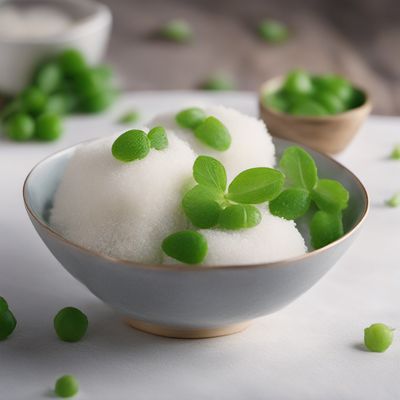
Baltic-style Sweet Pea Daifuku
Pea-licious Baltic Delight: Sweet Pea Daifuku
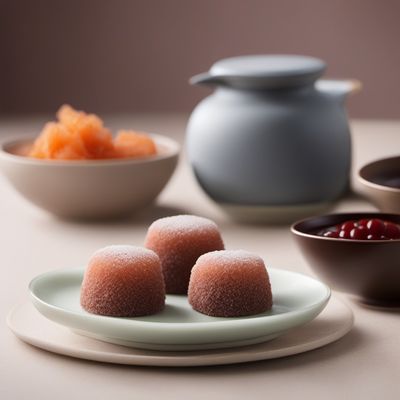
Ume Daifuku with a Twist
Delicate Mochi Delights: Ume Daifuku Blossoms
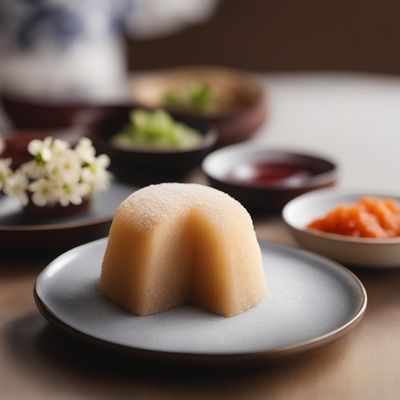
Gyūhi Mochi: A Delicate Japanese Sweet Treat
Sakura Delights: Gyūhi Mochi - A Blossom of Sweetness

Molecular Gastronomy Mushroom Fritters
Whimsical Mushroom Fritters: A Molecular Gastronomy Delight

Coffee Daifuku with a Twist
Mochi Delight: Coffee-infused Japanese Sweet Treat

Slovak-style Focaccia with Herbs and Cheese
Savory Slovak Focaccia: A Delightful Twist on a Classic Italian Bread

Akafuku Mochi
Sakura Delight Mochi: A Sweet Taste of Japan

Crispy Masala Dosa
Spiced Delight: Crispy Masala Dosa - A South Indian Culinary Gem
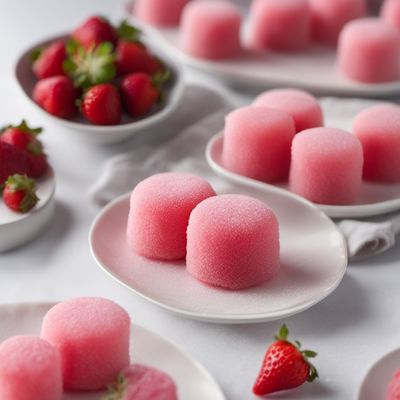
Ichigo Daifuku - Strawberry Mochi
Sweet Delights: Strawberry Mochi - A Japanese Treat

Homemade Matcha Daifuku
Matcha Delight: Homemade Japanese Green Tea Daifuku

Belarusian-style Potato Dumplings (Kartoflanyya Kletski)
Hearty Belarusian Potato Dumplings: A Taste of Comfort
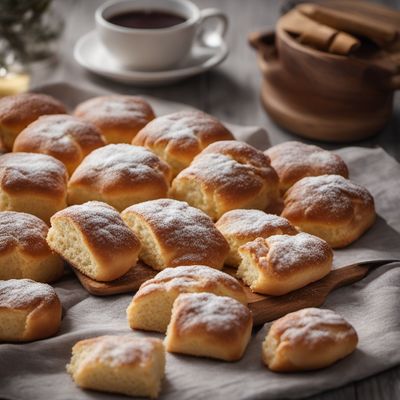
Vdolky - Czech Sweet Bread Rolls
Heavenly Czech Delights: Vdolky - Irresistible Sweet Bread Rolls
